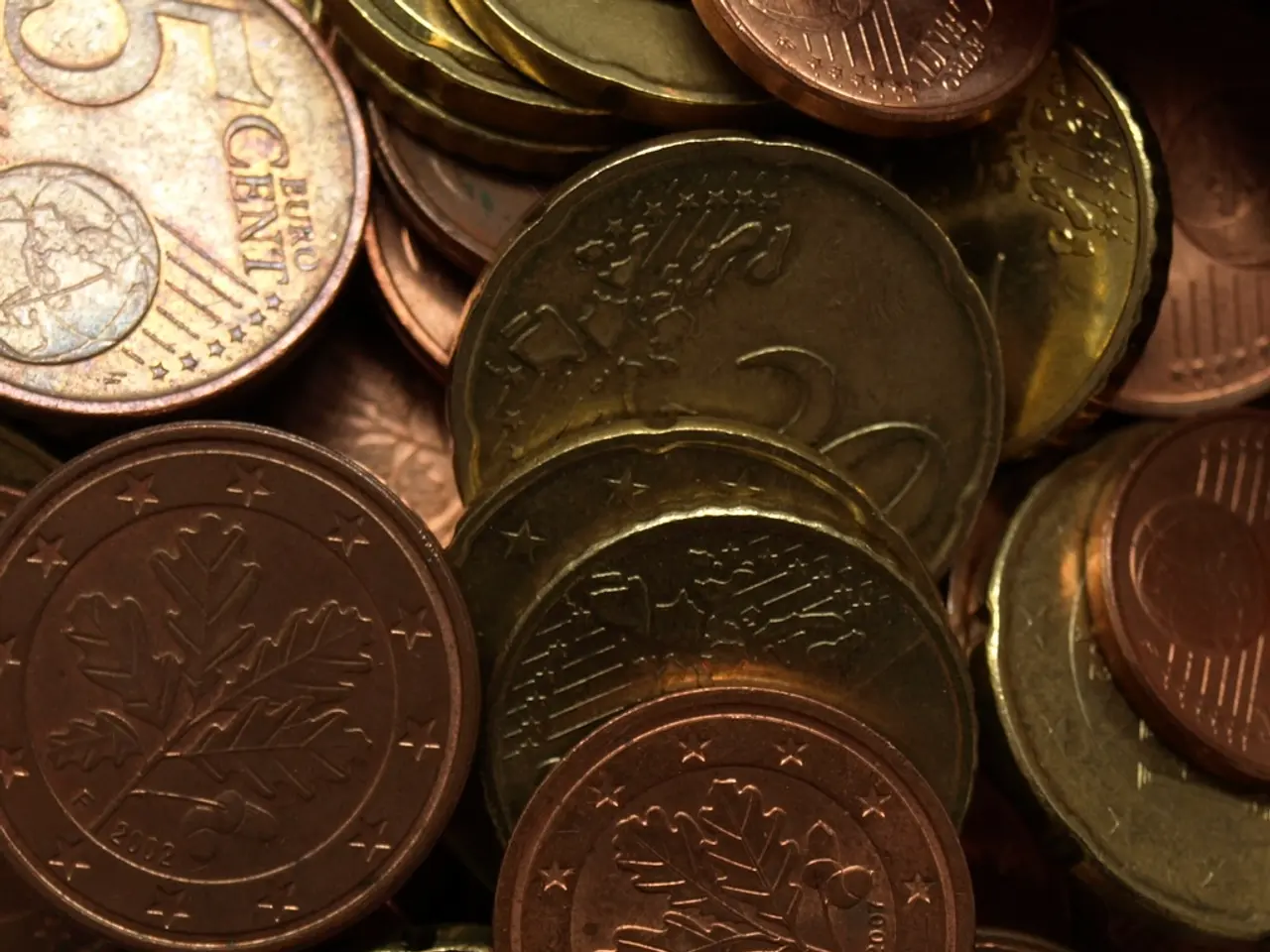Will the manufacturing of plastic continue to escalate?
In a bid to curb the increasing global plastic production, some businesses are advocating for a reduction through the Business Coalition for a Global Plastics Treaty, a coalition that spans across the plastics supply chain [1]. Experts believe that lowering demand is crucial to achieving this goal, with countries either refusing to accept plastic products or limiting the amount they accept playing a significant role [2].
However, the task of putting a specific figure on the issue is challenging due to a lack of data on plastic production [3]. Nevertheless, countries like Rwanda and Peru have proposed a reduction of global production by 40% by 2040 [3].
The European Union (EU) has seen a slight decline in plastic production capacity, primarily due to high production costs and stringent regulations, including bans or limitations on single-use plastics [4]. In stark contrast, the rest of the world, particularly countries like China, South Africa, Brazil, Saudi Arabia, Southeast Asia, and others, are witnessing a marked increase in production capacity and output, often led by Chinese firms [4]. China alone accounts for about one-third of global plastic production [4].
This growth in plastic production outside the EU is driven by expanding manufacturing capacities and increased demand in sectors such as packaging, food and beverages, personal care, construction, and medical applications [1][4]. The global plastic packaging market, for instance, is projected to grow at a compound annual growth rate (CAGR) of about 3.9% until 2025 [1].
The increase in plastic production could account for a quarter of the remaining carbon budget scientists say the world can afford to use to prevent runaway heating [5]. Plastic production also accounts for over 5% of the world's emissions [6].
Corporate lobbyists are registered as part of national delegations in some cases, posing an obstacle to reducing plastic production [1]. Last year, a handful of countries including Russia, Saudi Arabia, Iran, and China blocked a measure to cap plastic production, which was supported by over 100 nations [1]. Furthermore, fossil fuel and chemical lobbyists comprised the largest delegation in the global plastic talks in Korea, larger than those of the entire EU and its member states [1].
Despite these challenges, there are encouraging signs. A global commitment to reduce plastic use has facilitated the foundation of over 1,000 organizations, collectively avoiding 9.6 million tons of virgin plastics production since 2018 [7]. Additionally, at least 140 nations have introduced either bans or restrictions on some form of plastic products [8].
The production of new plastic has expanded in the last two decades and is projected to increase two or even threefold by 2050 [9]. However, it's essential to note that reduction needs to be paired with shifts in business models and product design to avoid merely replacing plastic with huge increases in other material streams [10].
| Region | Trend in Plastic Production | |--------------------------------|----------------------------------| | European Union | Slight decline in production capacity due to high costs and regulations [4] | | Rest of the World (e.g., China, South Africa, Brazil, Saudi Arabia, SE Asia) | Marked increase in production capacity and output [4] |
This reflects a global shift with the EU tightening production, while the rest of the world expands plastic manufacture [4]. The global plastic talks in Korea last December ended inconclusively, and reduction will likely be a key point of contention in resumed negotiations in Geneva.
- The Business Coalition for a Global Plastics Treaty is a coalition that spans across the plastics supply chain, advocating for a reduction in global plastic production [1].
- Experts believe that lowering demand for plastic products is crucial to achieving the goal of reducing plastic production [2].
- A specific figure on global plastic production is challenging due to a lack of data, but countries like Rwanda and Peru have proposed a reduction of global production by 40% by 2040 [3].
- The European Union (EU) has seen a slight decline in plastic production capacity due to high production costs and stringent regulations [4].
- In stark contrast, the rest of the world, particularly countries like China, South Africa, Brazil, Saudi Arabia, Southeast Asia, and others, are witnessing a marked increase in production capacity and output [4].
- China alone accounts for about one-third of global plastic production [4].
- This growth in plastic production outside the EU is driven by expanding manufacturing capacities and increased demand in sectors such as packaging, food and beverages, personal care, construction, and medical applications [1][4].
- The global plastic packaging market is projected to grow at a compound annual growth rate (CAGR) of about 3.9% until 2025 [1].
- The increase in plastic production could account for a quarter of the remaining carbon budget scientists say the world can afford to use to prevent runaway heating [5].
- Plastic production also accounts for over 5% of the world's emissions [6].
- Corporate lobbyists, including those from fossil fuel and chemical industries, are posing an obstacle to reducing plastic production [1].
- Last year, a handful of countries including Russia, Saudi Arabia, Iran, and China blocked a measure to cap plastic production [1].
- Despite these challenges, there are encouraging signs in the form of global commitments to reduce plastic use and the foundation of over 1,000 organizations that have avoided 9.6 million tons of virgin plastics production since 2018 [7].




